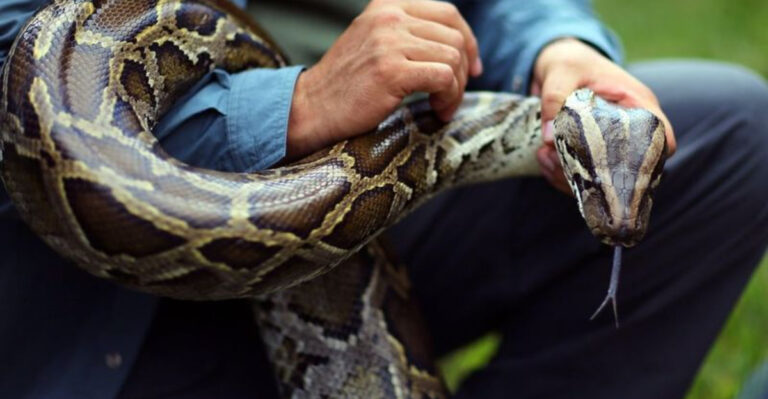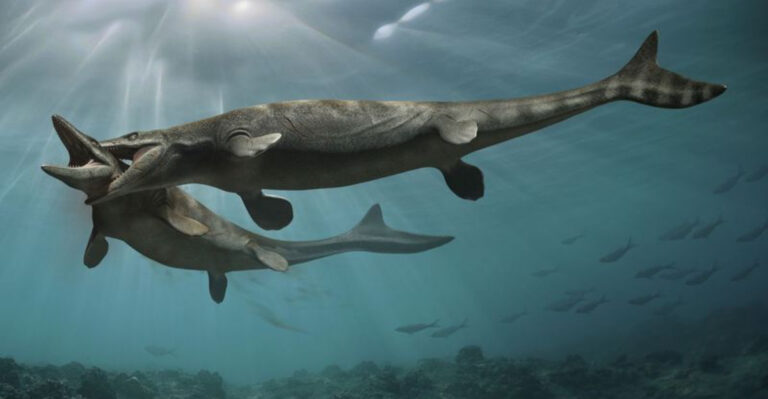Inside The U.S. Forest That Sees The Largest Elk Migration
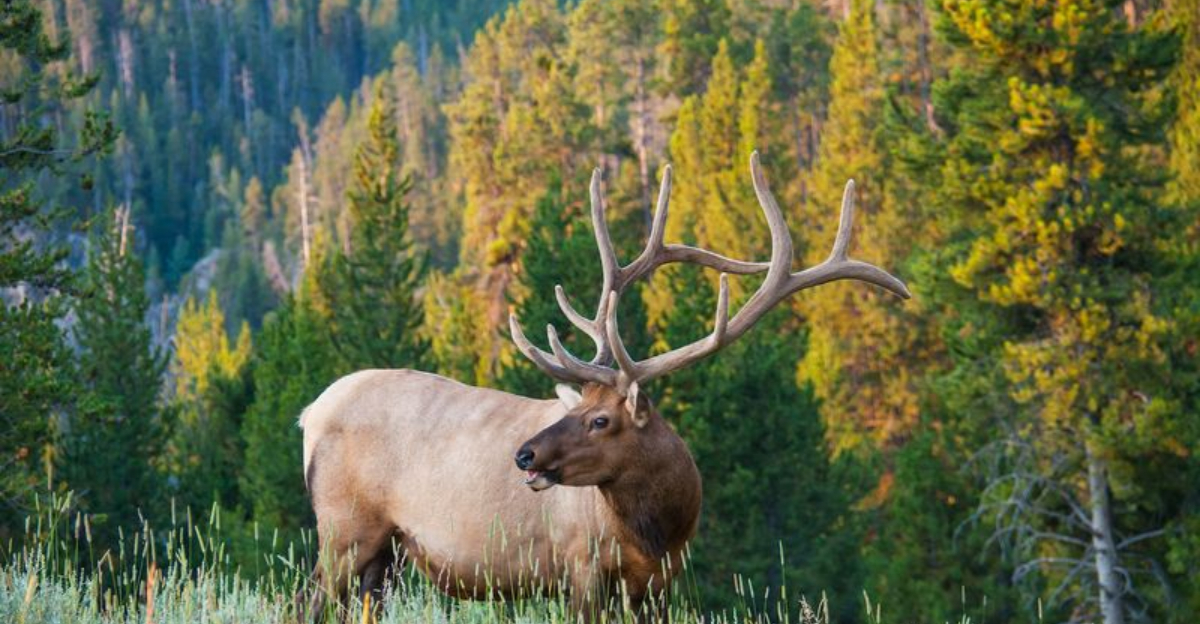
Every year, thousands of majestic elk journey through the vast wilderness of Bridger-Teton National Forest in Wyoming. This remarkable migration represents one of nature’s most spectacular wildlife movements in North America.
The forest serves as a critical corridor for these magnificent animals as they travel between their summer and winter habitats, following ancient pathways their ancestors have used for centuries.
1. A Twice-Yearly Journey Spanning Hundreds Of Miles

Elk herds traverse up to 150 miles between seasonal ranges, following green-up patterns of vegetation. Their twice-annual trek represents one of the longest land mammal migrations in the continental United States.
Families move together, with experienced cows leading younger animals along traditional routes. This generational knowledge ensures survival through challenging mountain terrain and changing seasons.
2. Bridger-Teton: One Of America’s Last Great Wild Forests

Sprawling across northwestern Wyoming, this massive wilderness encompasses mountains, valleys, and rivers that remain largely untouched by human development. Ancient pines and aspens create a mosaic of habitats essential for wildlife movement.
The forest’s sheer size makes it uniquely valuable as a migration corridor. Its protected status ensures generations of elk can continue their age-old journeys without human interference.
3. Wapiti On The Move: What Makes Elk Unique
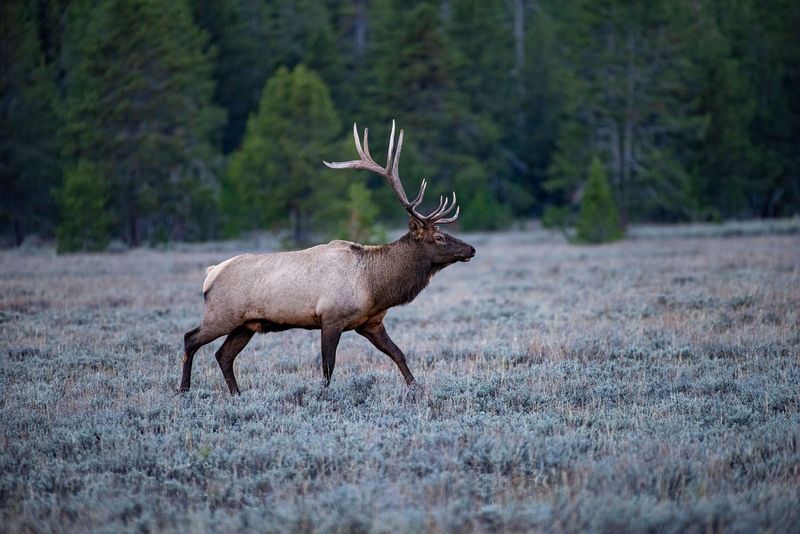
Known as “wapiti” by Native Americans, these impressive creatures weigh up to 700 pounds yet move with surprising grace. Their reddish-brown coats blend perfectly with forest undergrowth, while males sport magnificent antlers that can span five feet.
Remarkably adaptable, elk adjust their migration timing based on weather patterns and food availability. Their powerful bodies allow them to push through deep snow that would stop smaller animals.
4. A Landscape Shaped By Fire, Ice, And Time
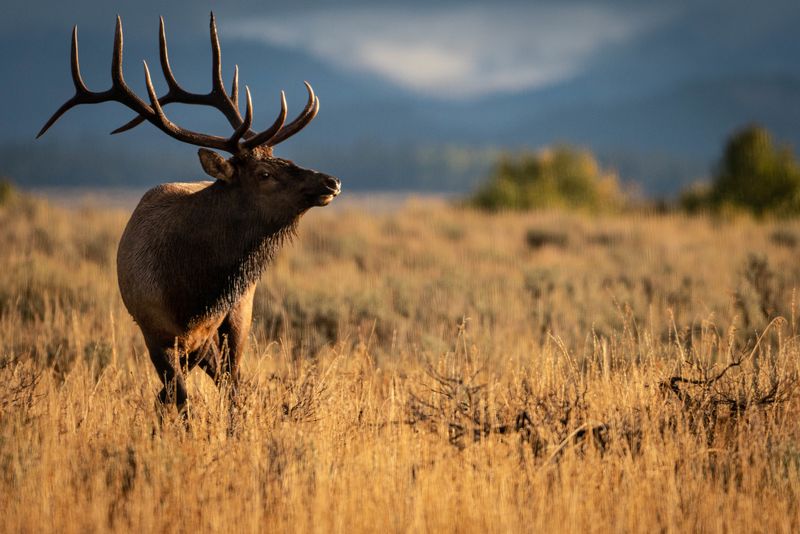
Glaciers carved deep valleys while volcanic activity formed mineral-rich soils perfect for nutritious vegetation. This geological diversity creates the varied habitats elk need throughout their migration cycle.
Natural wildfires play a crucial role in forest health, clearing undergrowth and stimulating new plant growth. The resulting meadows provide critical grazing areas where elk gather during their journey.
5. Not Just Elk: A Biodiversity Powerhouse
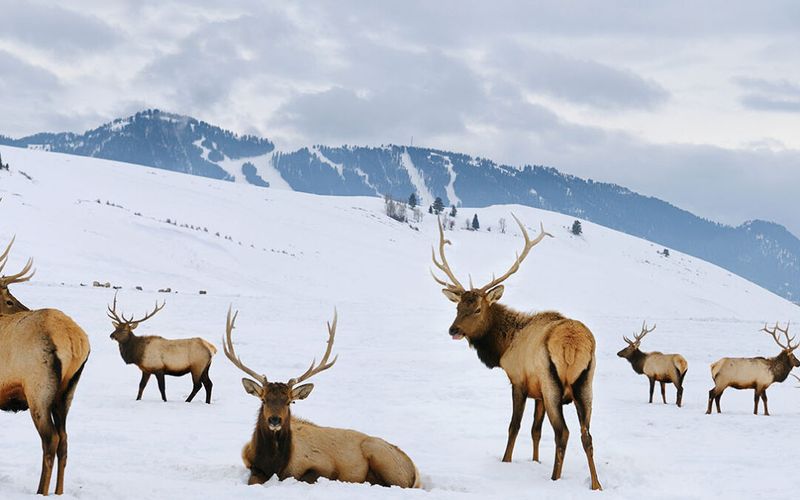
Grizzly bears fatten up on berries along the same paths elk use. Wolves follow migrating herds, maintaining the delicate predator-prey balance that keeps ecosystems healthy.
Bald eagles soar above river corridors, while beavers build dams that create wetland habitats. This rich biodiversity forms an interconnected web where each species depends on others for survival in the forest’s challenging environment.
6. Timing Is Everything For Survival

Spring migration follows the “green wave” of fresh vegetation up mountain slopes. Elk time their movements perfectly, arriving just as nutritious new growth emerges from melting snow.
Fall brings reverse migration as animals sense approaching winter. They move downslope ahead of heavy snowfall, reaching lower elevations where food remains accessible through harsh months. This remarkable timing demonstrates their finely tuned instincts.
7. Obstacles Are Closing In On Wilderness Corridors
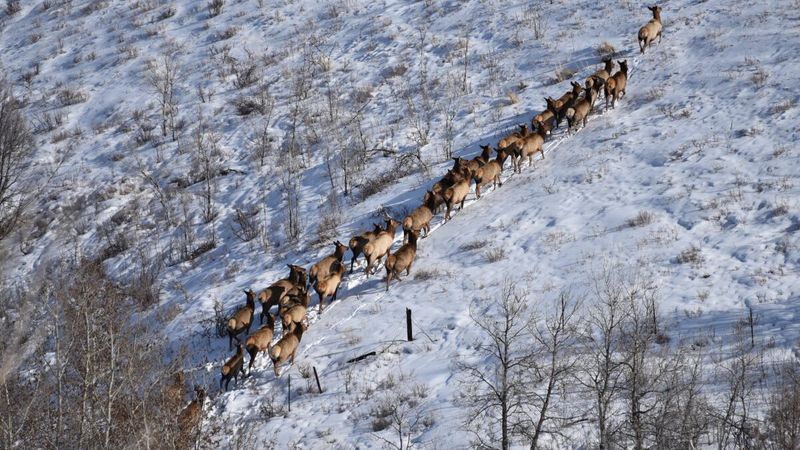
Housing developments encroach on forest edges, creating barriers for migrating animals. Roads cut across traditional pathways, forcing elk to navigate dangerous crossings where vehicle collisions occur regularly.
Energy extraction projects fragment habitat into isolated patches. Conservation efforts now focus on identifying and protecting crucial bottlenecks where migration routes narrow, ensuring these ancient pathways remain open for future generations.
8. The Forest Serves As A Critical Climate Refuge
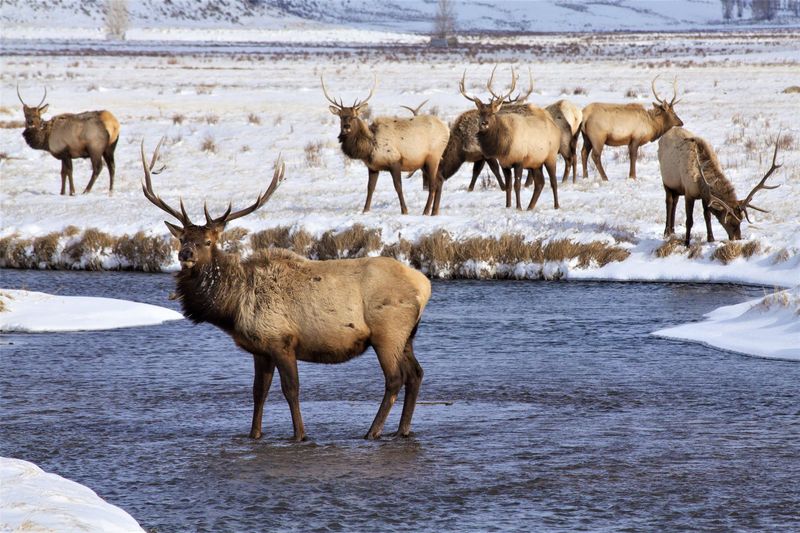
High elevation meadows provide cool havens during increasingly hot summers. Elk seek these natural air-conditioned zones when temperatures soar in lower valleys.
Dense forest canopy maintains moisture levels even during drought years. As climate patterns shift, Bridger-Teton’s varied elevations allow wildlife to adapt by adjusting their migration routes up or down mountains, following optimal conditions.
9. Technology Reveals The Forest’s Hidden Highways
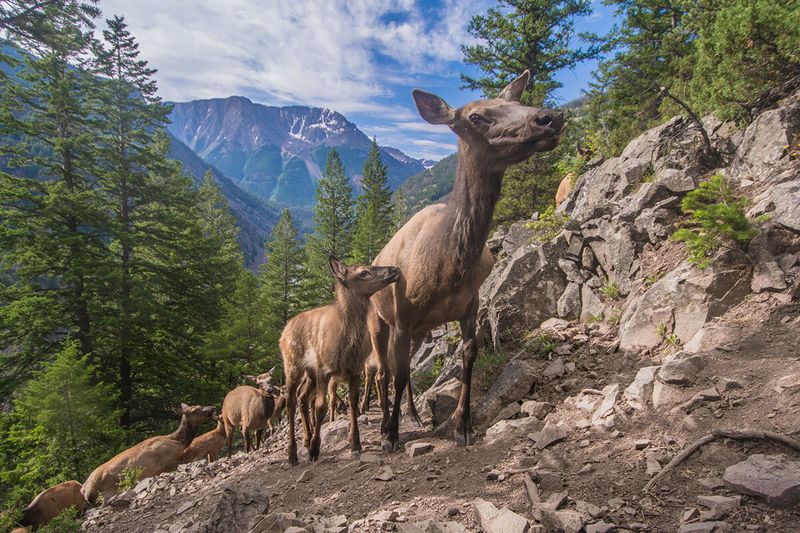
GPS collars track individual animals, revealing migration patterns invisible to the naked eye. Scientists map these movements, identifying crucial stopping points where elk rest and refuel during their journey.
Motion-activated cameras capture nighttime movements, showing how elk navigate in darkness. This technology helps researchers understand migration behaviors that were previously impossible to observe, leading to more effective conservation strategies.
10. Calving Grounds Tucked Deep In The Woods
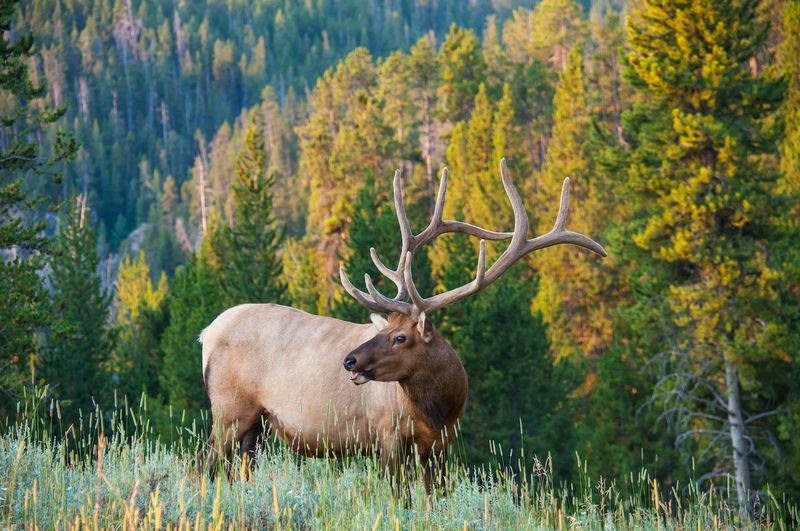
Female elk seek remote forest clearings to give birth each spring. These secluded nurseries offer protection from predators while providing abundant food for nursing mothers.
Newborn calves lie motionless in tall grass, their spotted coats providing perfect camouflage. Within hours of birth, these remarkable babies can stand and follow their mothers, beginning their first migration journey before they’re even a week old.
11. Centuries Of Indigenous Stewardship
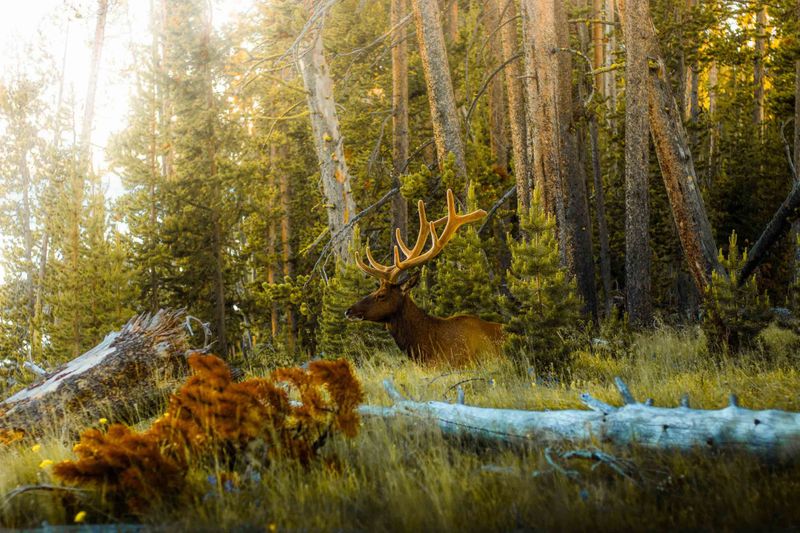
Shoshone and other tribal nations developed sustainable hunting practices that maintained healthy elk populations for thousands of years. Their cultural traditions recognized the sacred connection between forests, wildlife, and human communities.
Traditional ecological knowledge included understanding migration patterns and habitat needs. Today, tribal scientists collaborate with forest managers, combining ancient wisdom with modern conservation approaches to protect this irreplaceable natural heritage.
12. Bridger-Teton’s Future Hangs In The Balance
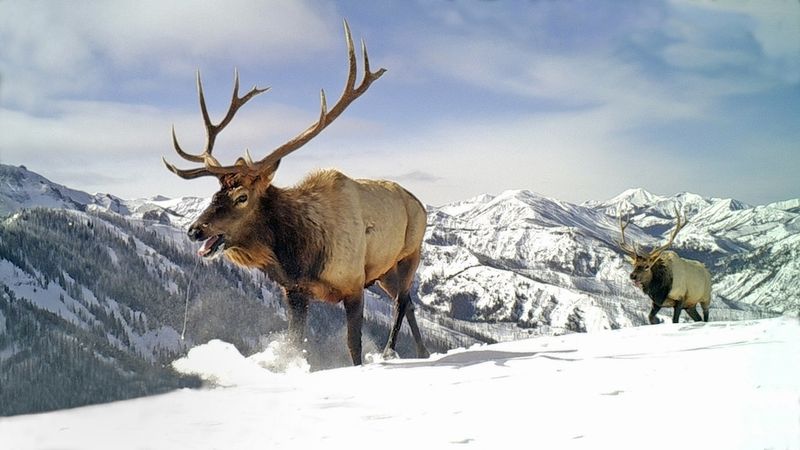
Conservation easements create protected corridors between public lands, ensuring elk can move freely. Volunteer groups work to remove old fencing that blocks migration routes, replacing it with wildlife-friendly alternatives.
Public education campaigns help visitors understand the importance of giving migrating animals space. The forest’s future depends on balancing human recreation with wildlife needs, ensuring this remarkable migration continues for generations to come.


